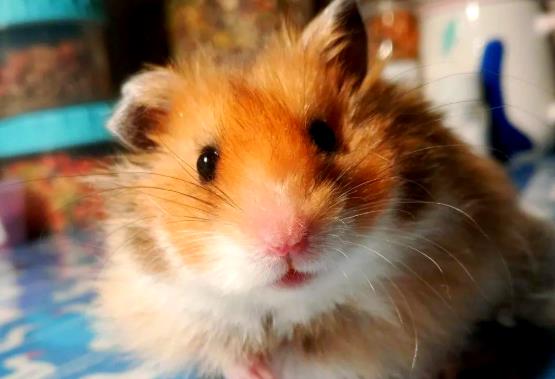Hamsters exhibit significant differences in visual capabilities compared to humans. Here are the scientific conclusions about their color vision:

I. Foundations of Color Vision
- Cone Cell Types
Hamsters have only two types of cone cells in their retinas (detecting blue and green light), lacking those for red light. They are typical dichromats.
Their color perception ranges from 420–540nm (blue-violet to yellow-green), with almost no response to red light above 650nm.
- Practical Color Recognition
They primarily distinguish low-saturation blues, greens, and ultraviolet (UV) light. Red appears as dark gray shadows to hamsters.
Strong UV perception (340–380nm sensitivity is 3x that of humans) helps them mark territories.
II. Visual Characteristics
- Myopia and Low-Light Adaptation
Effective vision range is only 0.3–0.8 meters. They rely on 98% rod cells for activity in dim light.
Bright environments (>3000 lux) intensify color-induced stimulation.
- Color-Behavior Correlation
Highly saturated colors (e.g., fluorescent yellow, bright orange) trigger stress responses like increased heart rate and stereotypic behaviors.
Natural tones (e.g., brown earth, gray-green) align better with their burrowing preferences.
III. Common Misconceptions
- The "Colorblind" Label
Hamsters are not completely colorblind, but their color gamut is narrow, and saturation perception is extremely low.
- Fear of Red Light
This is actually triggered by high contrast or intense brightness, not the color itself.
In summary, hamsters have limited perception of certain colors, but their visual experience is fundamentally different from that of humans.
